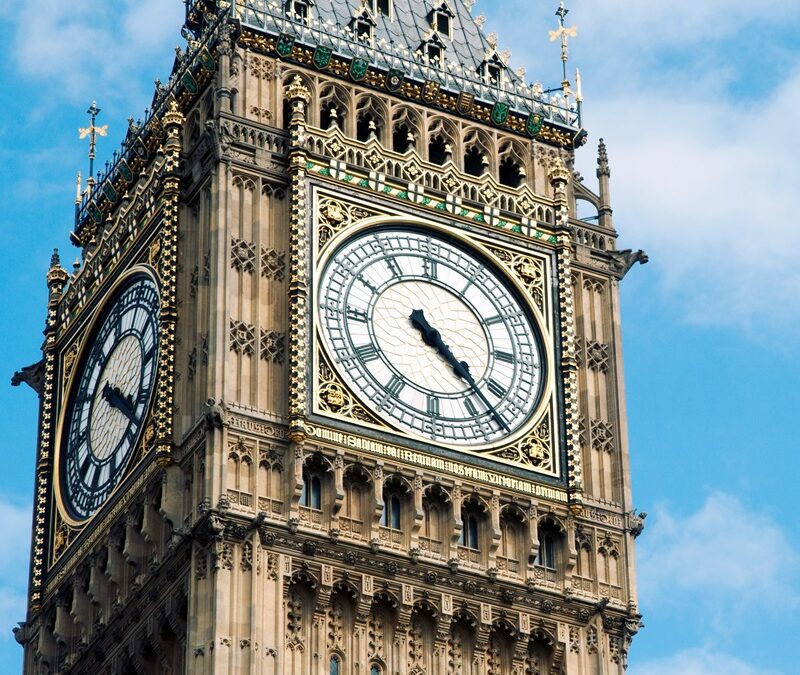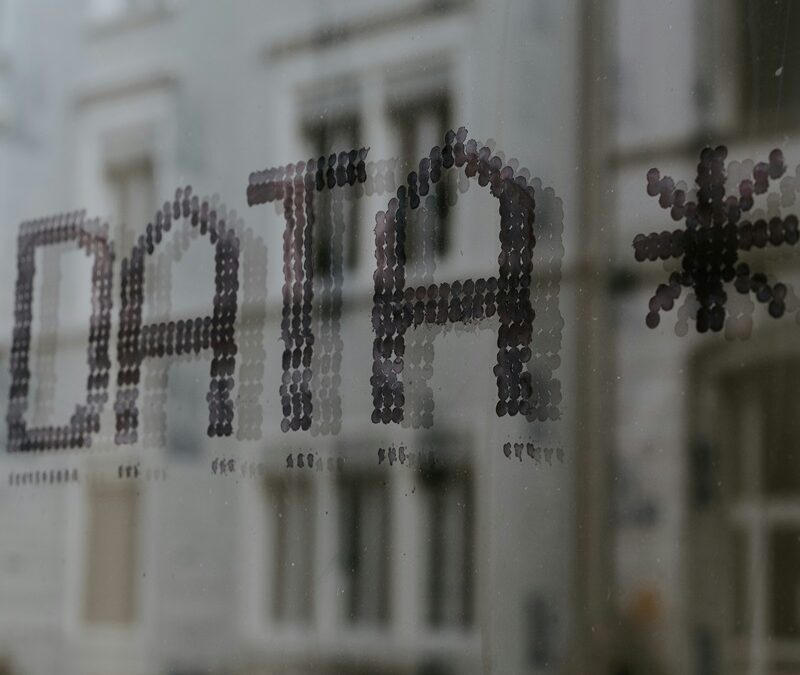Lessons From Pepsi, Where's My Jet?
Lessons From Pepsi, Where's My Jet?
Lessons From Pepsi, Where’s My Jet?
Remember the 90s? If you are over 40, you probably look back to the time of Cool Britannia, MTV, Friends, and the Spice Girls and marvel at how innocent and uncomplicated life was. The tragedy that was 9/11 only existed in the minds of Hollywood screenwriters, the internet was actually a delightful place, and commuters still read books on the Tube instead of staring blankly at their smartphones. Even better, the Cola wars were still going strong, and Pepsi gave away tons of free stuff to entice customers away from Coca-Cola (the iconic advert featuring supermodel Cindy Crawford also played its part). And it is the race to grab market share that led to the notorious case of Leonard v. Pepsico, Inc., 88 F. Supp. 2d 116, (S.D.N.Y. 1999), aff’d 210 F.3d 88 (2d Cir. 2000), commonly known as the Pepsi Points case and the subject of a wildly entertaining Netflix documentary, Pepsi, Where’s my Jet?
Briefly, the facts are as follows. In the mid-1990s, Pepsi introduced its Pepsi Points scheme, in which customers could save Pepsi labels and redeem them against Pepsi-branded merchandise. Sixty tokens would get you a hat. Four hundred and a denim jacket was yours. However, in a commercial accompanying the launch, Pepsi declared that anyone who collected seven million labels would be eligible for a brand new Harrier jump jet. Unfortunately, someone in marketing forgot to add a disclaimer to the effect of “you know we’re only joking, right?”
Enter John Leonard, a Washington State community college student who decided he really wanted that Harrier jet (valued at around £37 million in today’s money). He swiftly determined that although purchasing seven million cans or bottles of Pepsi would be prohibitively expensive, a disclaimer revealed that, rather than collecting labels, consumers could buy Pepsi Points for 10 cents each. He successfully convinced investors to come on board, presented the Cola giant with a cheque for £700,008.50, and waited for the jet to be delivered.
Oh to be a fly on the wall in a Pepsi management meeting that day.
The Court case
Pepsi refused to deliver the jet, claiming that the commercial was “fanciful” and designed to be “humorous and entertaining.” Mr Leonard sued for breach of contract and fraud. A New York court rejected his claim on the grounds that:
- The advertisement did not constitute an offer under the Restatement (Second) of Contracts.
- Even if an offer existed, no reasonable person would believe that a company would provide a multi-million-pound fighter jet in exchange for £700,000, therefore, the advertisement amounted to puffery.
- The matter of fraud fell under the provisions of the Statute of Frauds which required a written contract between the parties. As no agreement existed, the fraud claim failed.
Pepsi never cashed Mr Leonard’s cheque and added a cheeky disclaimer of “only joking” to future airings of the advertisement. To clarify matters once and for all, the Pentagon stated that no Harrier jump jets would be sold to the civilians without going through “demilitarization” which would eliminate the plane’s ability to take off and land vertically.
Was there a contract under English law?
If the Pepsi case was decided in a court in England and Wales, would Mr Leonard be entitled to the delivery-up of the Harrier Jump Jet? One of the key questions is whether or not a contract existed between Pepsi and Mr Leonard.
A legally enforceable contract must comprise of the following key elements:
- Offer.
- Acceptance.
- Consideration.
- Intention to create legal relations.
- Certainty of terms.
In the Pepsi Points case, the focus must first be on whether the Cola giant made an offer to Mr Leonard. It is an accepted principle in English law that for a contract to be legally binding, the offeror must have intended to be legally bound when they made the offer in question. Otherwise, their actions merely amount to an invitation to treat. Examples of an invitation to treat are goods displayed in a shop or an advertisement. In both instances, the owner of the goods does not intend to contractually bind themselves with every person who views their merchandise. Rather, they are indicating that they are willing to negotiate a possible purchase.
Through the wording of its advertisement, let us assume that Pepsi made a legally enforceable offer and not simply an invitation to treat. Did Mr Leonard accept the offer in a way which brought a contract into being?
Under English law, acceptance is a final and unqualified acquiescence of the offer. To form an enforceable contract, the acceptance must comply with the terms of the offer.
The New York District Court heard that Mr Leonard:
“On or about March 27, 1996, [ the plaintiff] submitted an Order Form, fifteen original Pepsi Points, and a check for $700,008.50. [The] Plaintiff appears to have been represented by counsel at the time he mailed his check; the check is drawn on an account of plaintiff’s first set of attorneys. At the bottom of the Order Form, [the] plaintiff wrote in “1 Harrier Jet” in the “Item” column and “7,000,000” in the “Total Points” column. In a letter accompanying his submission, [the] plaintiff stated that the check was to purchase additional Pepsi Points “expressly for obtaining a new Harrier jet as advertised in your Pepsi Stuff commercial.”
In English law, the so-called ‘postal rules’, developed in the historical case of Adams v Lindsell (1818) 1 B & Ald 681, provide that as long as the offeree correctly addresses and stamps the letter, acceptance by post occurs at the time the letter is sent. The Pepsi Points case does not refer to the acceptance letter being addressed or stamped incorrectly, and Mr Leonard had clearly and unequivocally accepted what he believed was Pepsi’s offer to award a Harrier Jump Jet to anyone who stumped up seven million points. It would be difficult for a Defendant in an English Court in a case comprising similar facts to argue that the offer had not met the legal criteria of acceptance.
Looking briefly at the other critical elements required to form a legally binding contract under English law:
- There was consideration on both sides. Pepsi promised the jet, and Mr Leonard supplied the money to purchase the seven million points required.
- Certainty of terms existed. Pepsi clearly stated in the advertisement that somebody could obtain a Harrier fighter jet for seven million points.
The contentious legal points are whether or not there was an intention to create legal relations and, following on, whether Pepsi made a genuine offer. As this was not a commercial contract, there would be no assumption of the intention to create legal relations.
Turning back to whether an offer was made, we must consider a case familiar to all law students, Carlill v Carbolic Smoke Ball Company [1892] EWCA Civ 1. In this case, the Defendant placed newspaper advertisements in which the first two paragraphs stated:
“£100 REWARD will be paid by the CARBOLIC SMOKE BALL CO. to any Person who contracts the Increasing Epidemic, INFLUENZA, Colds, or any Diseases caused by taking Cold, after having used the CARBOLIC SMOKE BALL according to the printed directions supplied with each Ball.
£1000 is deposited with the ALLIANCE BANK, Regent Street, showing our sincerity in the matter.”
The Claimant, Ms Carlill, saw the advertisement. She purchased one of the balls and used it three times daily for nearly two months, as instructed in the printed directions. However, on 17 January 1892, she contracted the flu. She claimed £100 from the Carbolic Smoke Ball Company. The Court of Appeal ruled that on the facts a legally binding contract did exist and the Defendant had to pay the Claimant £100. All three appeal judges referred to the fact that by stating in the advertisement that it had deposited £1000 to demonstrate its “sincerity in the matter” the company showed that it intended to make a promise and not simply a puff.
A puff is a claim that is so exaggerated or silly that no reasonable person could claim that it was a contractual offer. Given that Pepsi never purchased a Harrier Jump Jet in anticipation of having to award it as a prize, the case is distinguishable from the ruling in Carlill v Carbolic Smoke Ball Company.
In the Pepsi Points case, District Judge Hon. Kimba M. Wood also dismissed the argument that there was a contract between the plaintiff and the Defendant on the grounds that the advertisement was mere puffery:
“…the commercial suggests, as commercials often do, that use of the advertised product will transform what, for most youth, can be a fairly routine and ordinary experience. The military tattoo and stirring martial music, as well as the use of subtitles in a Courier font that scroll terse messages across the screen, such as “MONDAY 7:58 AM,” evoke military and espionage thrillers. The implication of the commercial is that Pepsi Stuff merchandise will inject drama and moment into hitherto unexceptional lives. The commercial in this case thus makes the exaggerated claims similar to those of many television advertisements: that by consuming the featured clothing, car, beer, or potato chips, one will become attractive, stylish, desirable, and admired by all. A reasonable viewer would understand such advertisements as mere puffery, not as statements of fact… and refrain from interpreting the promises of the commercial as being literally true.”
Following this analysis, we can reasonably conclude that if the Pepsi Points case was heard in a court in England and Wales, and the judge was to have interpreted the evidence in the same way, the Claimant would not have succeeded in a claim for breach of contract because it was determined that the advertisement comprised of mere puffery; therefore, no offer of a Harrier Jet was actually made by the Defendant. However, what do you think? Was the judge correct to have made the determination that she did? The Netflix documentary also delves deeper into the evidence and the facts surrounding the case, including the perception of the judge appointed to hear the case and the way in which the case was handled.
Before concluding, it is worth briefly mentioning the Regulations marketing professionals should be aware of when creating and running product/prize promotions.
UK compliance requirements concerning running promotions
Before running a promotion, you must conduct a comprehensive risk analysis to identify all areas that could expose your company to legal liability. For example, The Electronic Commerce (EC Directive) Regulations 2002 (commonly known as the E-Commerce Regulations) states that companies running online promotions must:
- Clearly identify the exact nature of the promotional offer (including any discount, premium or gift) and ensure that any qualifying conditions are easily accessible and plainly presented.
- Unambiguously identify any promotional competition or game and ensure that any conditions for participation are easily accessible clearly presented.
If you are advertising a promotion, your business must also comply with the UK Code of Non-broadcast Advertising, Sales Promotion and Direct Marketing (CAP Code) and the Direct Marketing Association code of conduct (DMA Code). Thehttps://www.asa.org.uk/codes-and-rulings/advertising-codes.html former is enforced by the Advertising Standards Authority, and the latter by the Direct Marketing Commission.
Summing up – lessons from Pepsi, Where’s My Jet
The first lesson to take from Pepsi, Where’s My Jet is to ensure when creating an advertisement containing a puff, it is free from any statements that could result in someone interpretating the puff as a promise. If in doubt, have it checked by a Solicitor.
Secondly, regardless of how big your in-house legal and compliance and marketing teams are, the excitement of creating an amazingly gripping advertisement can lead to people forgetting the basic compliance exercises. For example, running a risk assessment and checking to ensure the campaign meets UK, and if applicable, international regulatory compliance requirements. Because somewhere out there is a courageous individual who just might be prepared to take your promotion at face value, leading to potentially harmful social /mainstream media coverage and an expensive civil dispute claim.
And lesson number three? Never offer to give away a Harrier jump jet.
To find out more about any matters discussed in this article, please email us at info@43legal.com or phone 0121 249 2400.
Please note that this article does not constitute legal advice.










